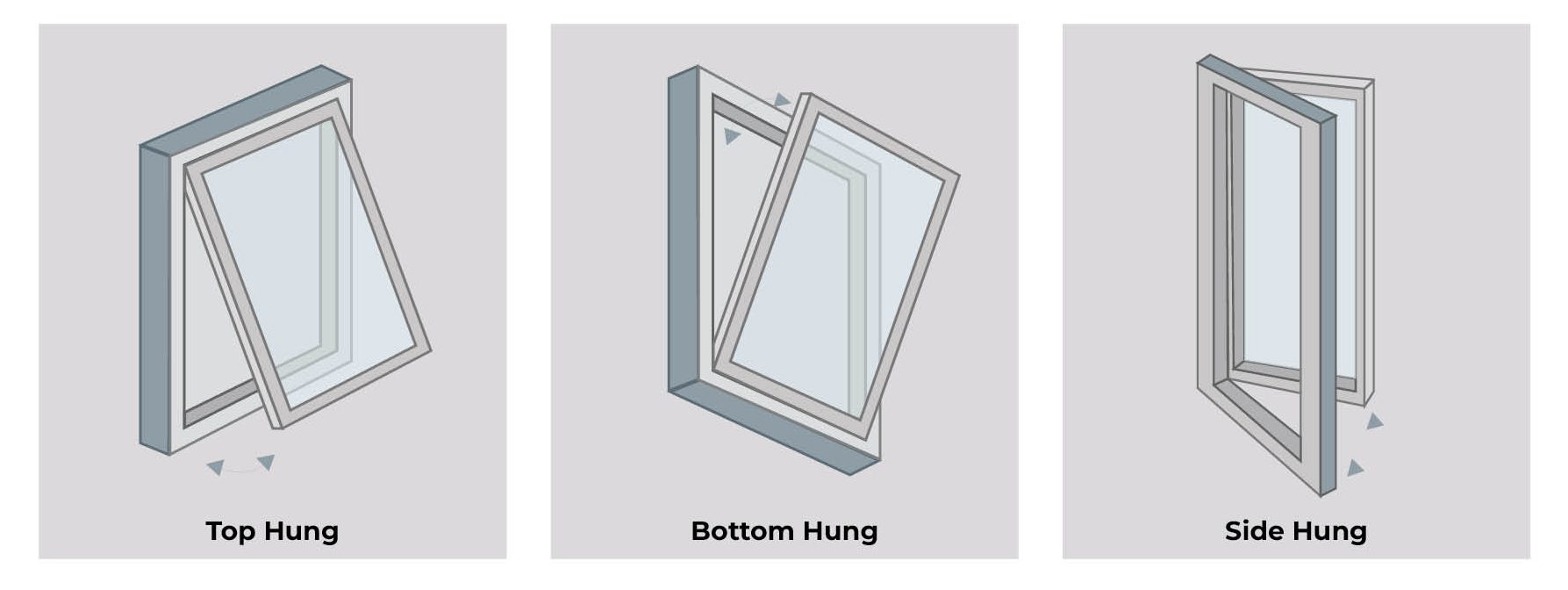Ensuring Safer Buildings
In the wake of the Grenfell Tower tragedy, fire safety and smoke control systems have come under intense scrutiny. The Grenfell Tower Inquiry has highlighted a myriad of issues related to fire safety in high-rise buildings, with a particular emphasis on the effectiveness—or lack thereof—of fire ventilation systems. As a result, there has been a growing demand for increased awareness and implementation of reliable smoke ventilation solutions.
For property owners, building managers, and architects, understanding how to improve the safety of their buildings is crucial. One of the most important ways to enhance fire safety is through the provision of effective and compliant smoke ventilation systems. Our Ultimate Guide to Smoke Ventilation Systems serves as a comprehensive resource to navigate these critical systems, now more relevant than ever in the wake of the enquiry’s findings.
What the Grenfell Inquiry Taught Us About Fire Safety
The Grenfell Tower tragedy exposed alarming deficiencies in building safety standards, including failures in the design, maintenance, and testing of fire safety systems. One key area of concern was the ineffective smoke control system, which hampered evacuation efforts and exacerbated the spread of the deadly smoke.
The inquiry revealed that many of the fire safety measures in place were inadequate, underscoring the importance of having a well-functioning smoke ventilation system. Smoke, not just fire, is a leading cause of fatalities in such emergencies, and controlling its movement can be lifesaving.
The Importance of Effective Smoke Ventilation Systems
The primary function of a smoke ventilation system is to remove smoke from a building during a fire, allowing occupants to evacuate safely and providing firefighters with clearer visibility to tackle the fire. The system works by either venting smoke out of the building or controlling its movement within the structure, often through automatic opening vents (AOVs) or smoke curtains.
Given the lessons from Grenfell, it’s now essential for developers and building owners to invest in robust, well-maintained smoke ventilation systems. Compliance with modern safety standards isn’t just about avoiding legal consequences; it’s about saving lives.
What You’ll Learn from Our Ultimate Guide
Our Ultimate Guide to Smoke Ventilation Systems takes a deep dive into the critical components of these systems and their applications. Whether you’re working on a new build or retrofitting an older building, understanding how smoke ventilation works is key to ensuring the safety of residents and occupants.
Key Topics Covered in the Guide:
- Types of Smoke Ventilation Systems: Learn about the differences between natural and mechanical systems, and how each serves a specific purpose.
- Components and Installation: Detailed information on the essential components like smoke vents, smoke detectors, and control panels.
- Compliance and Regulations: Understand the current regulations, including UK Building Regulations and BS EN 12101, and how to ensure your building meets these safety standards.
- Maintenance and Testing: Discover best practices for regularly maintaining and testing your system, ensuring it’s always ready in case of an emergency.
Moving Forward: The Path to Safer Buildings
The Grenfell Inquiry has sparked a renewed focus on accountability, urging those involved in the design, construction, and management of buildings to take fire safety more seriously. The findings serve as a stark reminder that smoke control systems are non-negotiable when it comes to protecting lives.
At Teal Products, we are committed to providing high quality smoke ventilation systems and service components from our local warehouse, as well as ensuring that our customers have access to the most up-to-date information and products to keep their buildings safe. Whether you’re involved in the planning stages of a new development or are looking to maintain or upgrade existing safety systems, our Ultimate Guide is your go-to resource.
Explore the guide today to equip yourself with the knowledge you need to protect your building, meet safety regulations, and above all, ensure the well-being of its occupants.
For more information and guidance, visit our Ultimate Guide to Smoke Ventilation Systems or contact our team of specialists 01242 620318 or sales@tealproducts.co.uk
Ensuring the Future of Fire Safety: In light of Grenfell, the importance of reliable smoke control systems cannot be overstated. Proactive measures today will pave the way for safer buildings tomorrow. Let’s work together to make sure such a tragedy never happens again.
Useful Links:
BBC News Report – Grenfell Findings September 2024
Grenfell Tower Inquiry

